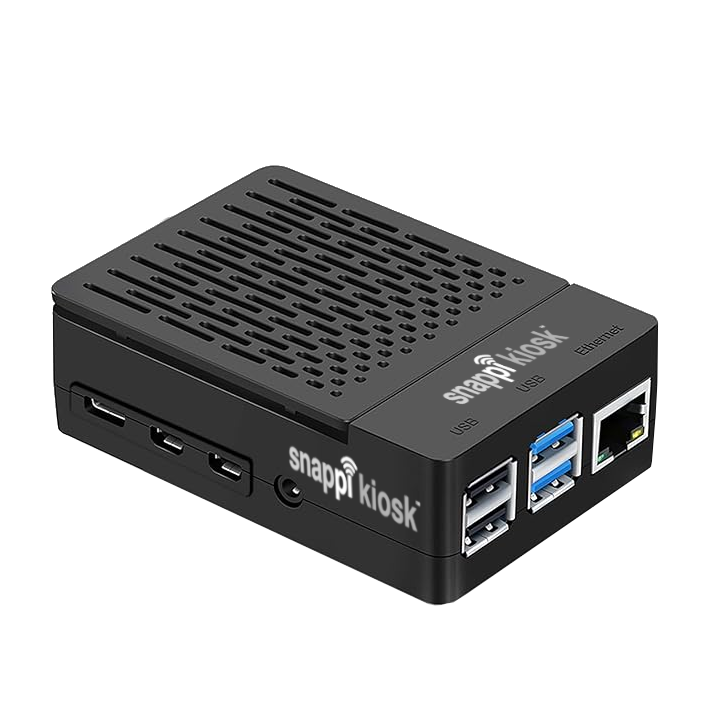Instruction Details
- Temperature:
- 400°F / 204.44°C
- Time:
- 90 seconds
- Pressure:
- Light
- Prepress:
- 10 seconds
- Substrate:
- LB21525 (Part numbers may vary by distributor)
Additional Items Needed
- Adhesive Spray
- Lint Roller
- Teflon Sheet
- Nomex Felt
Heat Press Method Instructions
1. Cover the press with a protective sheet of paper.
2. Place the item, imaging side face up, on the protective paper and lint roll the entire area that will come into contact by the press.
3. Insert a 16”x20” Teflon pillow between the layers of the bag to prevent the image bleeding through to the other side.
4. Sticky lint roll the bag and pre-heat.
5. Sticky lint roll the substrate while warm and then remove from the press and allow cooling.
6. Lightly mist transfer with adhesive spray.
7. Place the transfer on the fabric, smooth wrinkles.
8. Cover with protective paper and press.
Do not let nylon rope or carabiner touch the press as they will melt.
The following special procedures are required to ensure consistent imprinting
1. Sticky lint roll the substrate very well. Replace the roller’s adhesive material regularly
2. Lightly mist the imaging area of the canvas with filtered or distilled water
3. Place the canvas, imaging side face-up, onto the bottom rubber platen and cover with a protective sheet of paper
4. After pre-heating, make sure the substrate is dry then sticky lint roll while it is on the bottom rubber platen
5) Finally, and as noted in the table above, the pressure should be quite firm. Use of these procedures serves to yield as consistent imaging possible.
It should be noted that no canvas textile is woven perfectly. Even using all best efforts at consistent imaging, minor anomalies in the fabric may become present in the final product. This condition usually presents itself in the form of very small flecks of the top ply becoming partially separated from the bottom causing small white spots in the image.
Teflon pillows are now available as heat pressing tools when sublimating to fabric. The Teflon pillows are placed inside or under the image area of fabric and help fabric to “meet” heat platen. This procedure minimizes hard edge sometimes resulting from heat platen, and better imaging to bulky areas of fabric.



